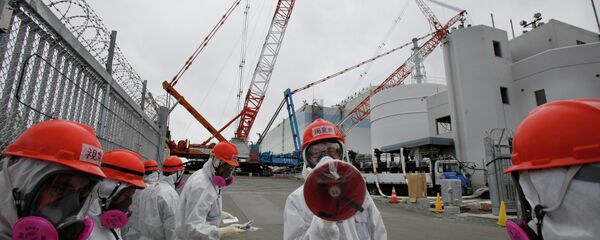The Nuclear Regulation Authority has determined that an active fault sits directly below Hokuriku Electric Power Co.’s Shika nuclear power plant in the Ishikawa Prefecture.
According to the authority, the No. 1 reactor at the plant may have to be decommissioned, though it is designated as an important facility under regulatory criteria. The power company, however, has submitted an application for a safety inspection, stating that the fault is not active.
Eight faults are said to be located in the zone under the power plant. Three of the eight fractures are under close watch.
“Although stratum slippage at the S-2 and S-6 faults does not reach the surface, these faults run immediately under the Nos. 1 and 2 reactor turbine buildings. This means the No. 2 reactor cannot be reactivated unless measures are taken to reinforce its safety, such as increasing the reactor’s earthquake-resistance level and changing the layout of its piping,” Zero Hedge reported.
On March 11, 2011, a 9.0 magnitude earthquake struck Japan just off the coast, triggering a devastating tsunami that destroyed the Fukushima Daiichi Nuclear Power Plant and most of the surrounding low-level region. The damage included the disabling of the reactor cooling systems, which released radioactive waste that is still leaking today.
“[T]his is an absolutely extraordinary nuclear disaster, because of the unwillingness of the [TEPCO] company [that ran the Fukushima plant] to be honest with the population,” Damon Moglen, advisor to Friends of the Earth organization, previously told Sputnik Radio’s Brian Becker. “Then and now we don’t appreciate the tremendous damage that has been done and even [know] about radioactive contamination that occurred.”
Given the agency’s notorious downplaying of the Fukushima disaster, and other nuclear health issues in the country, many are deeply suspicious of the Nuclear Regulation Authority’s choice of siding with safety in this instance, over the power company.



